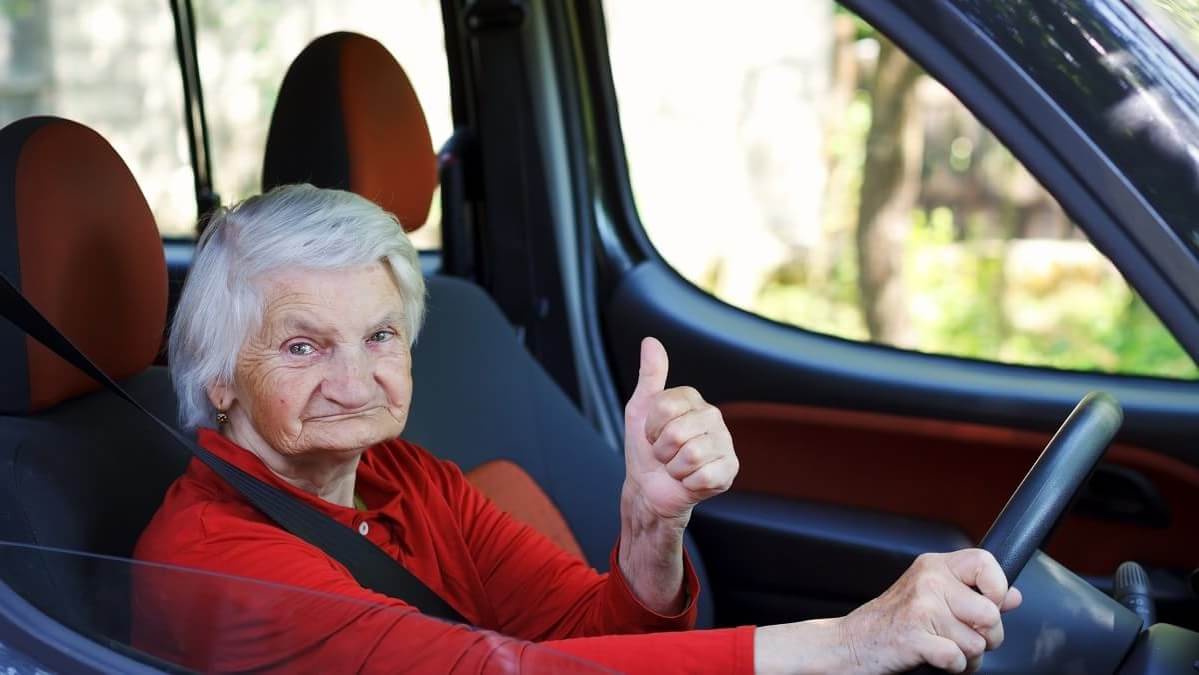Driving is a way of life in Australia.
From retirees doing the lap around the country, to a quick trip to the shops for bread and milk, it’s a rare individual who doesn’t rely on a car every day.
Which is why it’s hard for older Australians to give up their licence when it comes to the time they are no longer safer on the road.
But driving is a privilege, and one with responsibilities. Most important of all is driving safely.
I grew up in a small town where it was terrifying driving along the main strip because many older drivers would simply pull out of the angle parking without looking.
You’d see your best friend’s nanna at the supermarket and she could only just walk behind a trolley. But you bet she was still happy to drive her monster Commodore home while barely able to see over the dashboard.
Read: Is the campaign to get you driving an electric car a PR con?
And while everyone around her probably knew she shouldn’t be driving, sometimes it’s hard to convince someone they are a menace on the road. And who can blame them? Losing your licence is a terrific blow to anyone’s independence.
So, what do older drivers need to do to renew their licences and what can you do if you think someone is a danger on the road?
If you think someone is in immediate danger call 000, of course, but if it’s not urgent, it differs from state to state. Sometimes you can contact the police; some have anonymous services to allow you to report an unsafe driver.
All states require you to notify the relevant roads authority if you have a medical condition that would impair your driving, no matter what your age.
Here’s our guide
Victoria
In Victoria you can drive up to any age but in some situations you may need to undergo a medical review.
VicRoads has recognised that it can be hard for people to confront an elderly friend or family member who can no longer drive and has set up a service to anonymously ‘dob in’ drivers who probably shouldn’t be on the road. You can contact [email protected] or post to VicRoads, P.O. Box 2504, Kew, VIC, 3101 to let them know about the situation.
Read: Top summer driving tips
NSW
When you reach 75 you must have a medical assessment every year to keep your licence.
Once you turn 85 you can opt to have a modified licence, which requires you to have an annual medical assessment but no on-road driving test and you can only drive within a certain distance.
If you want to hold an unrestricted licence you must take an on-road test as well as complete the medical assessment.
New South Wales also offers the ability to anonymously report an unsafe driver by completing a form and taking it to a Service NSW Centre.
Queensland
In Queensland, if you are over 75 you must carry a current medical motor vehicle driver form at all times when driving. You can be fined if you don’t. If you hold such a certificate, you will need to have it reviewed every 12 months.
South Australia
It’s a similar situation in South Australia. Drivers aged 75 and over must complete a self-assessment medical fitness to drive form each year.
Western Australia
They are a little more generous in Western Australia, where you don’t have to do an annual assessment until you are 80. When you turn 85 you may need to undergo an annual driving assessment before you can renew your licence.
Read: Five tips to get the best price for your car
Northern Territory
There’s no set age limit in the Northern Territory and they are quite blunt about their standards, or lack of them, with the state government website stating: “In reality, few conditions stop the reissue of a driver licence”, which makes me nervous.
Australian Capital Territory
Drivers aged 75 or older must be examined annually by a doctor and public vehicle licence holders – for bus or taxi driving for example – must have an annual commercial medical assessment and pass a driving test from age 70.
Tasmania
After you turn 65 you must renew your driver’s licence no matter how long it has to go, but there are no renewal fees and only a small charge for the photo card.
Tasmania also has an anonymous service to ‘dob in’ unsafe drivers of any age but they also have this handy brochure to start a conversation about the ability to drive as you age.
Do you know an unsafe older driver? What was your strategy to encourage them to stop driving? Why not share your tips in the comments section below?


In my opinion, if someone is an unsafe driver, the chances are they’re also an unsafe pedestrian.